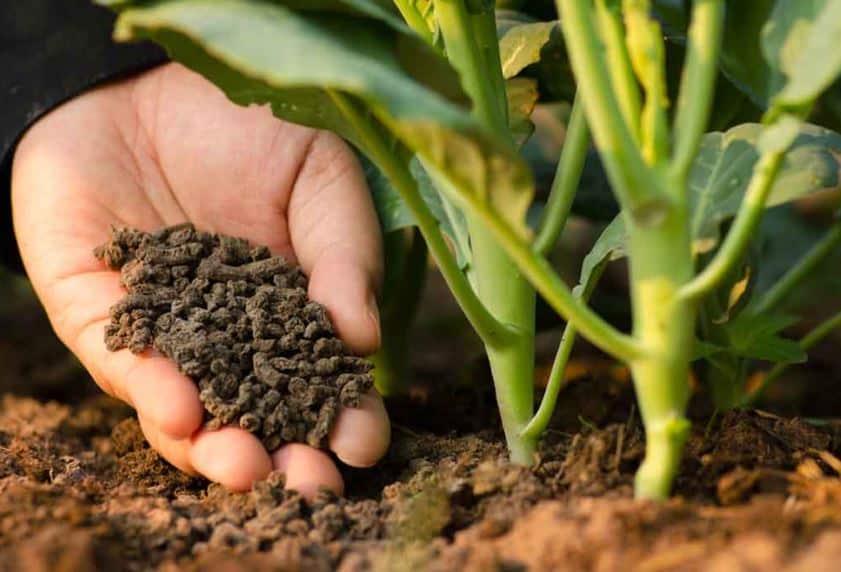Fertilizers are a widely used method of improving soil for plant development. To increase output, most of the vegetables we purchase in our stores have received heavy fertilization. Organic and synthetic fertilizers are the two primary categories. Before the invention of synthetic fertilizers, our ancestors relied on organic methods as the main way to feed plants. However, there has been an increase in the use of organic methods recently. Both have advantages and disadvantages.
The gardener may be unclear about the distinctions between organic and inorganic fertilizers while buying plant foods. Although each is advantageous to plant development, several fundamental distinctions exist. Although beneficial, some gardeners may believe synthetic fertilizers’ drawbacks exceed their benefits. However, the same might be true of organic plant foods. Other land management methods, such as soil amendments and handmade feeds, may be used as fertilizer substitutes.

Inorganic Fertilizer
Fertilizer that is inorganic or synthetic is a creation of humans. They are easily accessible at any shop that sells gardening products and is produced on a large basis commercially. They often include ingredients like ammonium phosphate or ammonium sulphate. They are often in a concentrated form that must be diluted to protect plant roots. The product has three numbers representing the amounts of potassium, phosphorus, and nitrogen. These macronutrients promote development, healthy roots, and the production of flowers and fruits.
Additionally, plants need minerals and micronutrients that may not always be included in chemical formulations. Depending on the kind of plant, the soil’s moisture content, and the quantity applied, it is quite simple to over-fertilize a plant in soil that is rich in nutrients. This situation results in flimsy, lanky vegetation and may contaminate the water table and wild rivers. Due to the high nitrogen content, synthetic fertilizers include significant quantities of salts, which may burn and harm roots. To avoid such damage, it is occasionally useful to consider alternatives to nitrogen fertilizer.
Organic Fertilizer
Various varieties of natural or organic feeding exist. Composting is a typical method for enriching the soil with nutrients and promoting plant development. It is simple to produce your own from yard waste or kitchen trash. Worm castings, fish fertilizer, manure, chicken litter, rock phosphate, bone meal, seaweed fertilizer, and diluted urea are further types of organic fertilizer.
Although commonly accessible, they are by no means the only natural plant food options. Organic fertilizers gently distribute nutrients into the soil, minimizing root harm. However, fresh manure’s high nitrogen content can potentially damage plants. Use older, less “hot” manures wherever possible. Similar harm might be done to the garden by improperly finished compost. However, when applied correctly, organic fertilizers help nourish plants while aerating the soil and luring beneficial insects and microbes.
Alternatives to Nitrogen Fertilizer
The ratio of nutrients lists nitrogen as the first nutrient since it is the primary factor in plant development. It is often the highest number as well. Sod grass, for example, requires a lot of nitrogen. Any surplus in forms like synthetics is washed away by irrigation and rain, poisoning streams and other water bodies. Additionally, it can permanently harm the grass’s roots. An effective and mild alternative to such tactics is a spread application of compost tea across the grass.
Manures, maize gluten flour, and chop-and-drop mulching are possible substitutes. Manures are a readily accessible source of slow-release nitrogen that adds 4–9%. Regular watering will prevent root burn and the buildup of too much salt while assisting organic compounds in decomposing and releasing the available nitrogen.

